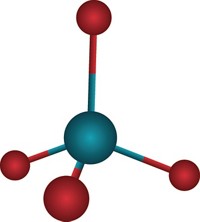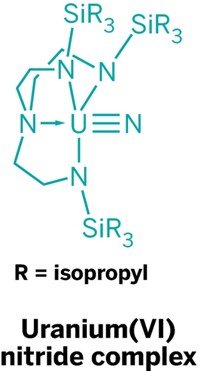Advertisement
Grab your lab coat. Let's get started
Welcome!
Welcome!
Create an account below to get 6 C&EN articles per month, receive newsletters and more - all free.
It seems this is your first time logging in online. Please enter the following information to continue.
As an ACS member you automatically get access to this site. All we need is few more details to create your reading experience.
Not you? Sign in with a different account.
Not you? Sign in with a different account.
ERROR 1
ERROR 1
ERROR 2
ERROR 2
ERROR 2
ERROR 2
ERROR 2
Password and Confirm password must match.
If you have an ACS member number, please enter it here so we can link this account to your membership. (optional)
ERROR 2
ACS values your privacy. By submitting your information, you are gaining access to C&EN and subscribing to our weekly newsletter. We use the information you provide to make your reading experience better, and we will never sell your data to third party members.
Environment
Nickel Catalysts Liberate Lots Of H2
February 12, 2007
| A version of this story appeared in
Volume 85, Issue 7
Newly minted nickel catalysts help the promising hydrogen-fuel-storage compound ammonia borane (H3NBH3, or AB) release almost all of its hydrogen atoms in a relatively short time (J. Am. Chem. Soc. 2007, 129, 1844). R. Tom Baker and his colleagues at Los Alamos National Laboratory prepared nickel complexes containing N-heterocyclic carbene ligands and tried them on AB, finding that more than 2.5 equivalents of H2 evolved at 60 °C. Stripped of most of its hydrogen atoms, AB forms a cross-linked borazine ring structure. One catalyst (shown) was particularly active, completing the H2 release in 150 minutes. Scientists are studying numerous methods (such as heating) and catalysts (such as acids or precious metals iridium and palladium) for dehydrogenating AB. The authors note this is the first example of a first-row transition-metal catalyst used on AB. The Los Alamos researchers say a large amount of H2 evolution from AB is necessary to reach government goals for a practical hydrogen storage system (9% hydrogen by weight for the overall system by 2015).




Join the conversation
Contact the reporter
Submit a Letter to the Editor for publication
Engage with us on Twitter